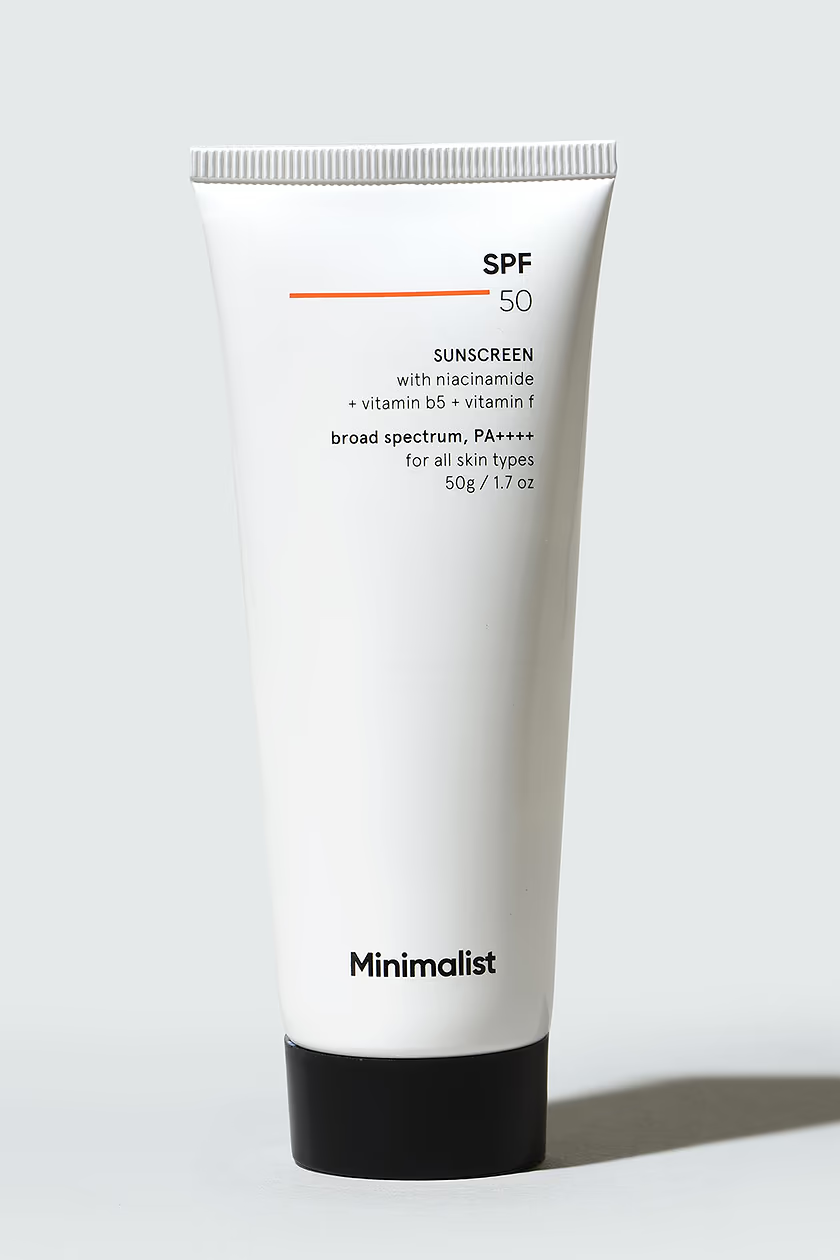Description
Alevo 500 Tablet: Uses, Dosing, and Important Information
Alevo 500 Tablet contains levofloxacin, an antibiotic belonging to the fluoroquinolone class, used to treat various bacterial infections.
What Is Alevo 500 Used For?
Alevo 500 Tablet is used to treat a range of bacterial infections, including:
- Respiratory Tract Infections:
- Community-acquired pneumonia
- Nosocomial pneumonia (hospital-acquired pneumonia)
- Acute bacterial sinusitis (use reserved for patients without other treatment options)
- Acute bacterial exacerbation of chronic bronchitis (use reserved for patients without other treatment options)
- Skin and Skin Structure Infections:
- Uncomplicated skin and skin structure infections
- Complicated skin and skin structure infections
- Urinary Tract Infections (UTIs):
- Complicated urinary tract infections
- Acute pyelonephritis (kidney infection)
- Uncomplicated urinary tract infections (use reserved for patients without other treatment options)
- Other Serious Infections:
- Anthrax (for post-exposure treatment)
- Chronic bacterial prostatitis
- Plague (treatment and prevention for adults and children 6 months and older)
Dosing Information
Always take Alevo 500 exactly as your doctor prescribes.
Adult Dosing
- Community-Acquired Pneumonia:
- 500 mg by mouth (PO) or intravenously (IV) once daily for 7-14 days.
- Alternatively, 750 mg PO/IV once daily for 5 days.
- Nosocomial Pneumonia: 750 mg PO/IV once daily for 7-14 days.
- Acute Bacterial Sinusitis:
- 500 mg PO/IV once daily for 10-14 days.
- Alternatively, 750 mg PO/IV once daily for 5 days.
- Note: Fluoroquinolones like Alevo 500 should be reserved for sinusitis patients who have no other suitable treatment options.
- Acute Bacterial Exacerbation of Chronic Bronchitis:
- 500 mg PO/IV once daily for at least 7 days.
- Note: Fluoroquinolones like Alevo 500 should be reserved for chronic bronchitis patients who have no other suitable treatment options.
- Inhalational Anthrax (Post-Exposure Therapy): 500 mg PO once daily for 60 days, starting as soon as possible after exposure.
- Skin/Skin Structure Infections:
- Uncomplicated: 500 mg PO/IV once daily for 7-10 days.
- Complicated: 750 mg PO/IV once daily for 7-14 days.
- Chronic Bacterial Prostatitis: 500 mg PO/IV once daily for 28 days.
- Complicated Urinary Tract Infections & Acute Pyelonephritis:
- 250 mg PO/IV once daily for 10 days.
- Alternatively, 750 mg PO/IV once daily for 5 days.
- Uncomplicated Urinary Tract Infections:
- 250 mg PO/IV once daily for 3 days.
- Note: Fluoroquinolones like Alevo 500 should be reserved for uncomplicated UTI patients who have no other suitable treatment options.
- Plague (Treatment and Prophylaxis): 500 mg PO/IV once daily for 10-14 days.
Child Dosing (for children 6 months and older)
- General (e.g., for post-exposure anthrax prophylaxis): 16 mg/kg/day, divided every 12 hours, up to a body weight of 50 kg, then 500 mg once daily.
- Respiratory Infections:
- Under 5 years: 20 mg/kg/day, divided every 12 hours.
- Over 5 years: 10 mg/kg/day, once every 24 hours.
Renal Dosing (Kidney Impairment)
Your doctor will adjust the dose based on your kidney function (Creatinine Clearance, CrCl) and whether you are on dialysis.
- Hemodialysis/CAPD:
- Initially, 500 mg daily, then 250 mg every 48 hours.
- Alternatively: Initially, 750 mg daily, then 500 mg every 48 hours.
- CrCl 20-49 ml/min:
- Initially, 500 mg daily, then 250 mg every 24 hours.
- Alternatively: Initially, 750 mg daily, then 750 mg every 48 hours.
- CrCl 10-19 ml/min:
- Initially, 500 mg daily, then 250 mg every 48 hours.
- Alternatively: Initially, 750 mg daily, then 500 mg every 48 hours.
How to Take Alevo 500
- Oral Solution: Take on an empty stomach, 1 hour before or 2 hours after meals.
- Tablets: Can be taken with or without food.
- General: Ensure you drink plenty of fluids while taking this medication.
Intravenous (IV) Administration
- Preparation: Single-use vials should be diluted in 50-100 mL of D5W (5% Dextrose in Water), NS (Normal Saline), or D5/NS solution to achieve a concentration of 5 mg/mL. Other suitable solutions include sodium lactate, Plasma-Lyte, D5/lactated Ringer, and D5/NS with potassium chloride.
- Administration: Give by IV infusion only. Do NOT give as a rapid or bolus injection, as this has been linked to low blood pressure (hypotension).
- Infuse 250-500 mg over 60 minutes.
- Infuse 750 mg over 90 minutes.
Important Warnings and Precautions
Do Not Use Alevo 500 If:
- You have a known hypersensitivity (allergy) to levofloxacin or other quinolone antibiotics.
- You are a child under 18 years old (except for plague prophylaxis/treatment in children 6 months and older, as directed by a physician).
Special Considerations:
- Nervous System Disorders: Use with caution if you have known or suspected central nervous system (CNS) disorders (e.g., severe cerebral arteriosclerosis, epilepsy) or other factors that increase your risk of seizures.
- Sunlight Exposure: Avoid unnecessary exposure to sunlight or artificial UV light, as this medication can increase photosensitivity.
- Heart Conditions: Use with caution if you have a history of prolonged QT interval or uncorrected electrolyte imbalances.
- Diabetes Mellitus (DM): Carefully monitor blood glucose levels, as this medication can alter them.
- Monitoring: Your doctor may periodically monitor your kidney, liver, and blood functions during treatment.
- Pregnancy and Lactation: Not recommended during pregnancy and lactation.
- Elderly Patients: Use with caution in elderly individuals.
- Driving/Operating Machinery: This medication may impair your ability to drive or operate machinery.
Lactation (Breastfeeding):
- The drug is excreted in breast milk; therefore, it is not recommended for breastfeeding mothers.
Possible Drug Interactions
Tell your doctor about all medications you are taking, including over-the-counter drugs and herbal supplements, as Alevo 500 can interact with them.
- Medications that prolong QT interval: Increased risk of QT prolongation with certain antiarrhythmics (e.g., quinidine, procainamide, amiodarone, sotalol), fluoxetine, or imipramine.
- Reduced Absorption: Absorption is reduced when taken with sucralfate, didanosine, antacids containing magnesium or aluminum, and dietary supplements containing zinc, calcium, magnesium, or iron.
- Antidiabetic Agents (e.g., insulin, glibenclamide): May alter blood glucose levels.
- Corticosteroids: Increased risk of severe tendon disorders.
- NSAIDs (Nonsteroidal Anti-inflammatory Drugs): Increased risk of CNS stimulation and seizures.
- Warfarin: Increased prothrombin time (a measure of blood clotting), potentially leading to increased bleeding risk.
Possible Side Effects
Like all medicines, Alevo 500 can cause side effects. Some are common and mild, while others can be serious. If you experience any severe or concerning side effects, contact your doctor immediately.
- Common (1-10%): Nausea, headache, diarrhea, insomnia (difficulty sleeping), constipation, dizziness, dyspepsia (indigestion), rash, vomiting, chest pain, dyspnea (shortness of breath), edema (swelling), fatigue, injection-site reaction, moniliasis (yeast infection), pain, pruritus (itching), vaginitis.
- Less Common (less than 1%):
- Cardiac: Cardiac arrest, palpitations, ventricular tachycardia, arrhythmia.
- Nervous System: Tremor, convulsions (seizures), paresthesia (numbness/tingling), vertigo, hypertonia, hyperkinesias, abnormal gait, somnolence (drowsiness), syncope (fainting).
- Metabolic: Hypoglycemia (low blood sugar), hyperglycemia (high blood sugar), hyperkalemia (high potassium).
- Blood/Lymphatic System: Anemia, thrombocytopenia (low platelets), granulocytopenia.
- Musculoskeletal: Joint pain (arthralgia), tendonitis (tendon inflammation), muscle pain (myalgia), skeletal pain.
- Gastrointestinal (GI): Gastritis, stomatitis (mouth inflammation), pancreatitis, esophagitis, gastroenteritis, glossitis (tongue inflammation), pseudomembranous/C. difficile colitis (severe colon inflammation).
- Hepatobiliary (Liver/Bile): Abnormal liver function, increased liver enzymes, increased alkaline phosphatase.
- Psychiatric: Anxiety, agitation, confusion, depression, hallucinations, nightmares, sleep disorder, anorexia (loss of appetite), abnormal dreaming.
- Other: Immune hypersensitivity reaction, acute renal failure, hives (urticaria), phlebitis (vein inflammation), epistaxis (nosebleed).
Potentially Fatal Side Effects:
- Anaphylaxis: A severe, life-threatening allergic reaction.
How Alevo 500 Works
Levofloxacin, the active ingredient in Alevo 500, works by inhibiting essential bacterial enzymes called topoisomerase IV and DNA gyrase. These enzymes are crucial for bacterial DNA replication, transcription, repair, and recombination. By blocking these enzymes, levofloxacin prevents bacteria from growing and multiplying. It is active against a wide range of gram-negative and gram-positive microorganisms.
Note: This information about Alevo 500mg Tablet, manufactured by Alkem Laboratories Ltd. (generic name: Levofloxacin), is available in Nepal. This drug index information is for general knowledge only and is not intended for diagnosis, medical advice, or treatment. It should never replace the professional judgment of a healthcare provider. Always consult your doctor or pharmacist for medical advice specific to your condition.
Additional information
| form | Oral Tablets |
|---|---|
| strength | 500mg |





Reviews
There are no reviews yet.